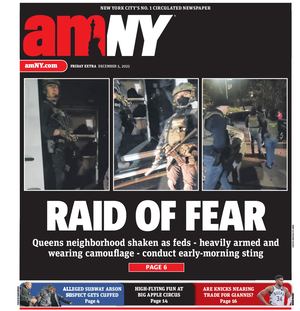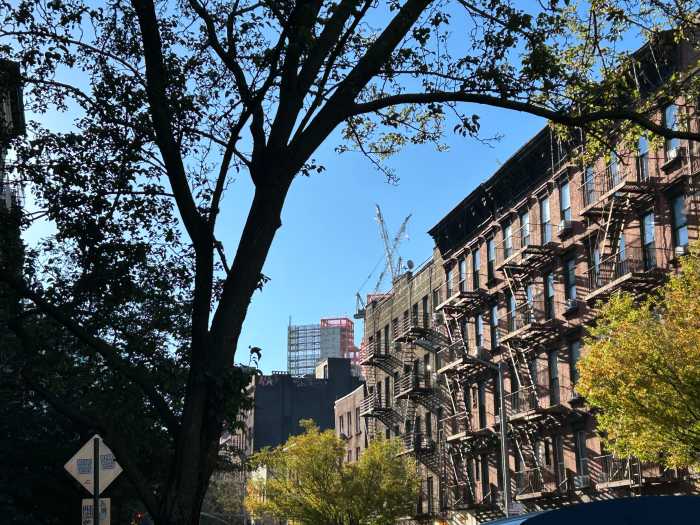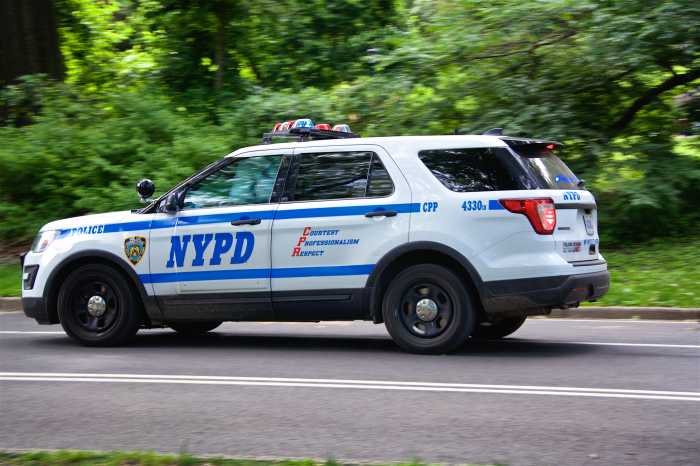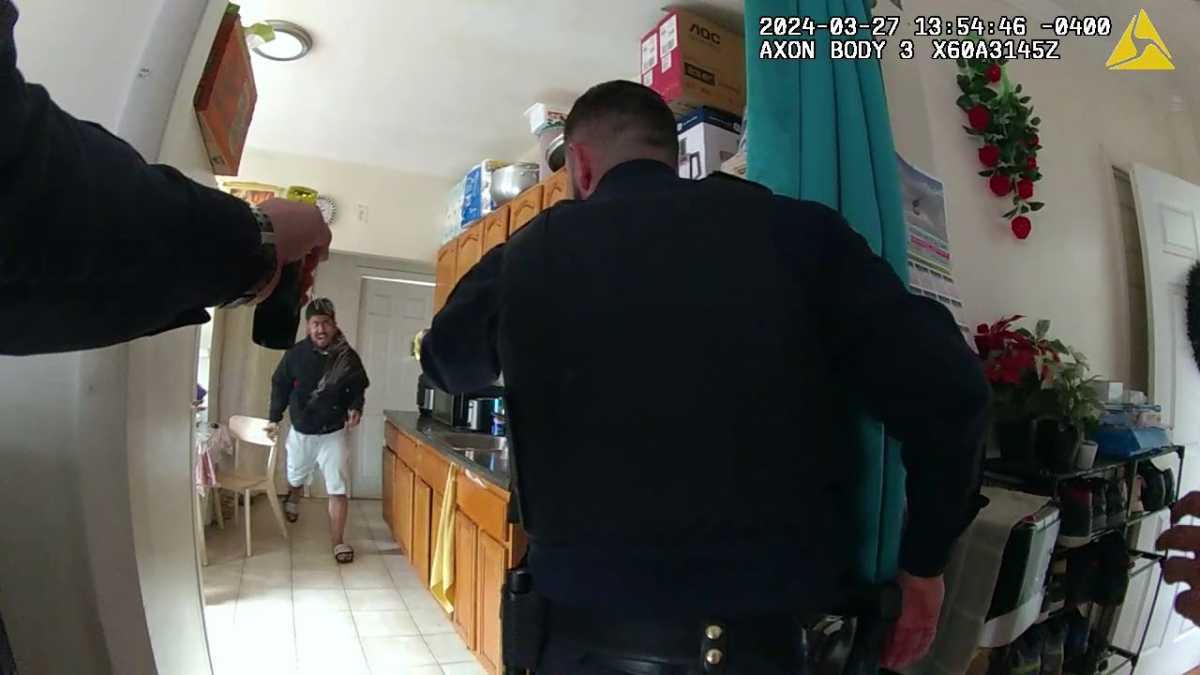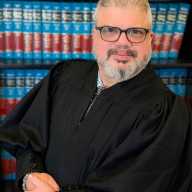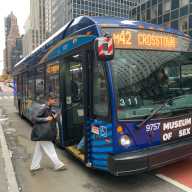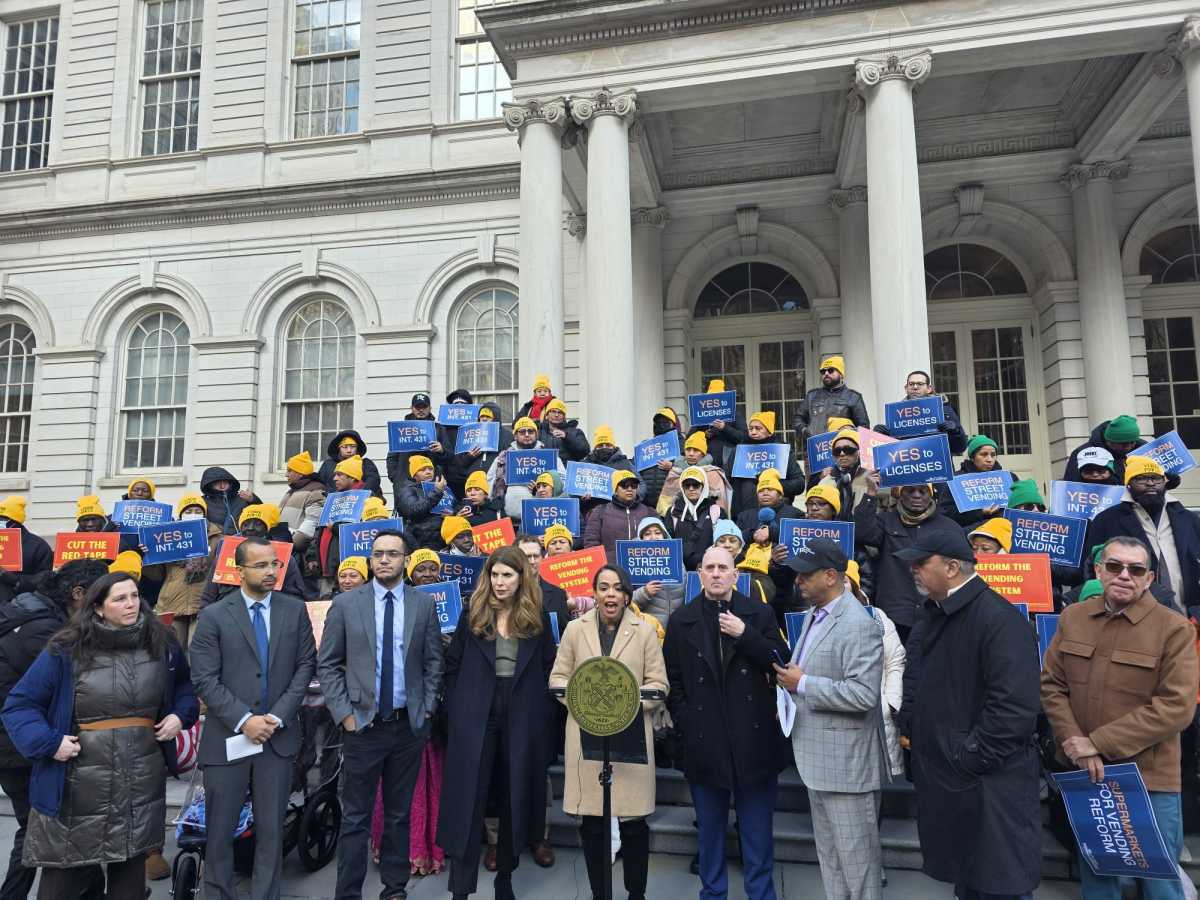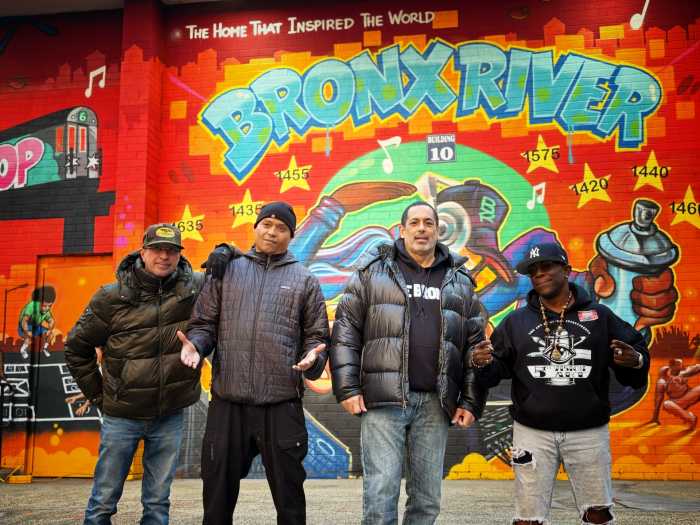After Sept. 11, 2001 the NYPD needed to solve a big problem: How would the department stop a terrorist attack? Its answer: Spy on all Muslims.
For 11 years, the NYPD Demographics Unit tried to identify terror suspects by mapping a community.
The unit wasn’t just formed to disrupt a particular sleeper cell or terrorist plot, but rather to gather information about the Muslim population of New York City and its environs–like focusing on all Italian-Americans, as opposed to organized crime families.
The Demographics Unit was shuttered by Mayor Bill de Blasio in 2014, but the problematic legacy of that police work doesn’t end there.
Last week, the city settled two lawsuits against this type of dragnet surveillance, resulting in more civilian oversight and a promise by the NYPD that future cases be more specific and limited.
The settlement also included an agreement to unpublish a controversial 2007 NYPD Intelligence Division paper investigating how homegrown terrorists are formed.
“Radicalization in the West”
Working from five case studies of homegrown terrorism in other countries, the paper developed a profile for homegrown terrorists here.
They were “unremarkable” candidates, the paper says, who entered a “funnel” that ultimately drove them to the violent act. The path was defined by such markers as a growing interest in conservative religion — growing a beard, for example.
But there were few certainties. Possible candidates might be drug dealers, students, 9-to-5 workers. They might be found in mosques, cafes, bookstores, butcher shops, colleges, prisons — or cab driver hangouts and non-governmental organizations. The only connecting characteristic: their religion.
It was this broad focus on Muslims in general, as opposed to those who were suspected of criminal activity, that worried activists and watchdog groups. For some, the small sample size and lack of a control group invalidated the report’s findings. Yes, the terrorists in five cases experienced personal crises and perhaps grew facial hair, but are other Muslims like them on the verge of a terror attack?
Furthermore, the paper introduced the idea that the correct place to start the law enforcement process was right at the very beginning — when the radicalization started. For example, one marker to watch for: growing a beard, which is part of Stage 2 of radicalization, or self-identification, to be precise.
Though its findings were contested, the report remained available online, with the official NYPD seal, and was cited again and again in congressional hearings and policy discussions.
The report was a product of the information available at the time, the work of a department determined not to watch another 9/11. It turned into a justification for widespread surveillance of Muslims in New York City — though the department claimed it was not meant to be policy proscriptive.
A clarification quietly added to the report after its publication explained that the phrase “the City’s Muslim communities have been permeated by extremists who have and continue to sow the seeds of radicalization,” hadn’t meant that the community was saturated with bad actors. Perhaps not: but it’s easy to see how a reader might make such a mistake.
Radicalization in the West, back in the headlines
In an age of the Islamic State and social media, the anxieties caused by the NYPD report are perhaps even more relevant.
“Terrorists don’t descend on the planet like extraterrestrial beings,” says Brian Michael Jenkins, senior adviser to the RAND president who contributed a supporting introduction to the report. “There is something that creates them.” Law enforcement is continually updating that profile, which today might include the growing sense that the pathway isn’t a one-way track, Jenkins says, and also an understanding that so many current cases involve single actors, as opposed to a network of actors.
But the real problem here is that the narrow definition of the homegrown terrorist expounded in the NYPD paper could lead us down the wrong road.
Michael German, a former FBI agent who is a fellow at the Brennan Center, says that when working for the bureau he didn’t open cases by saying, “We don’t like neo-Nazis or anti-government militias.” He looked for neo-Nazis who were trying to get guns. “If law enforcement focuses on violent crime, they’re going to find more terrorists and develop more resources in the communities,” German says.
Moving away from the idea that every Muslim is equally susceptible to terrorism — writing new papers, not standing by old ones — will encourage a focus on plans and acts, not prayers and beards.
This is amExpress, the conversation starter for New Yorkers.
